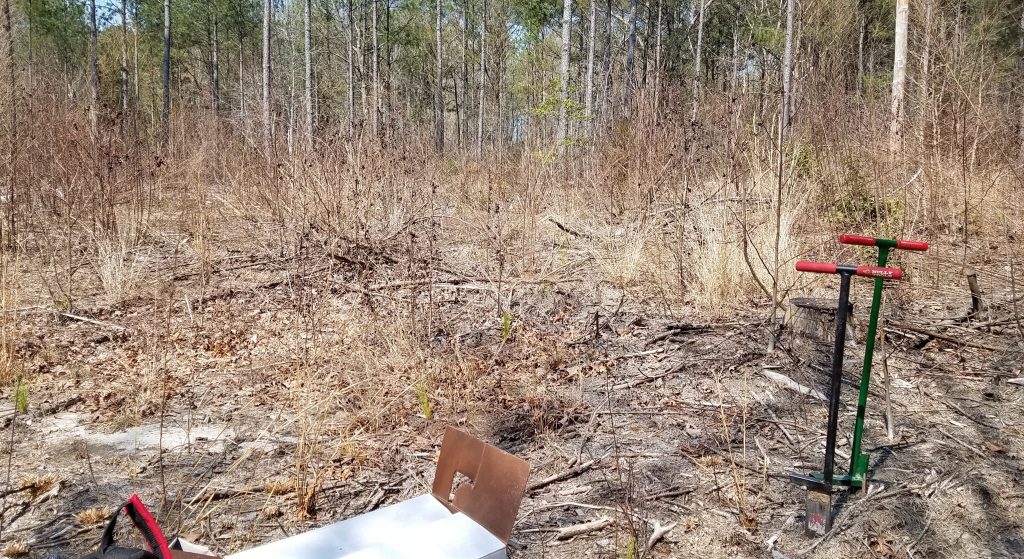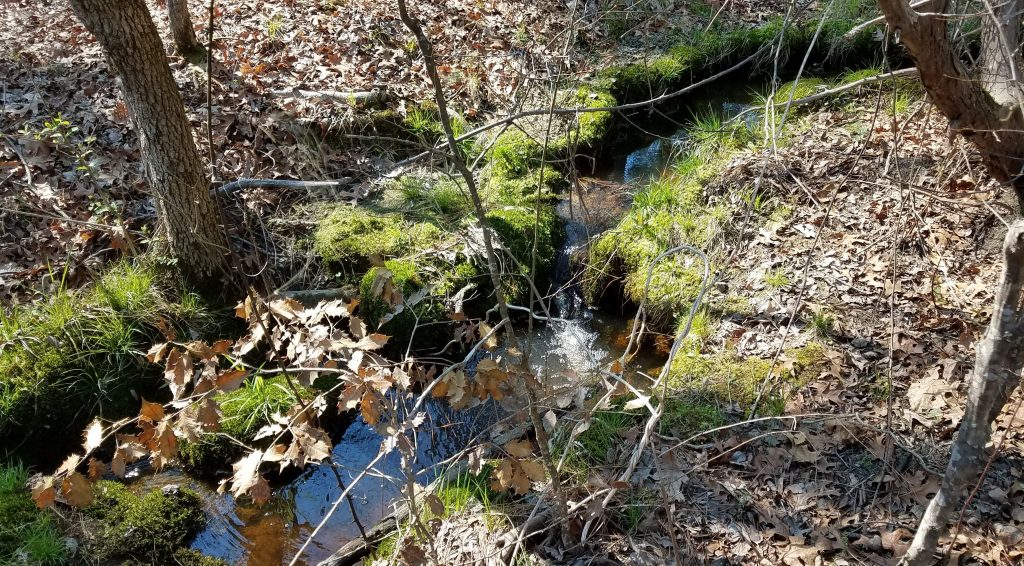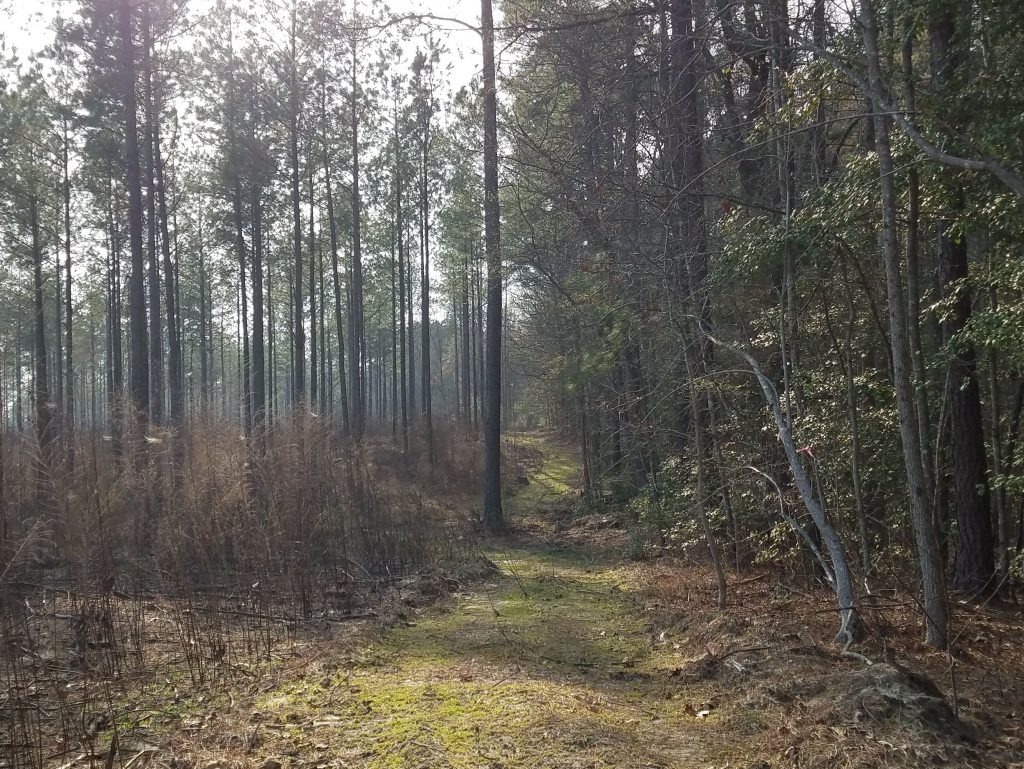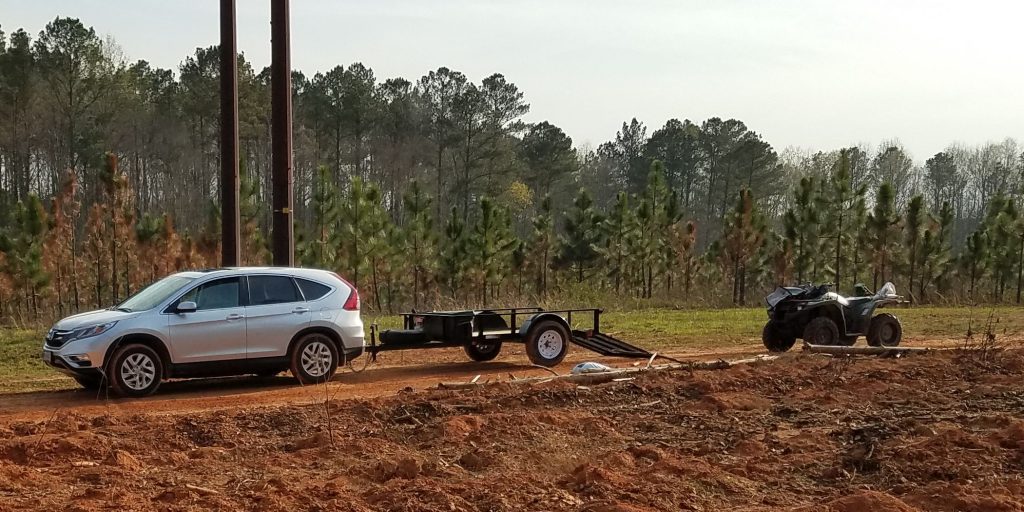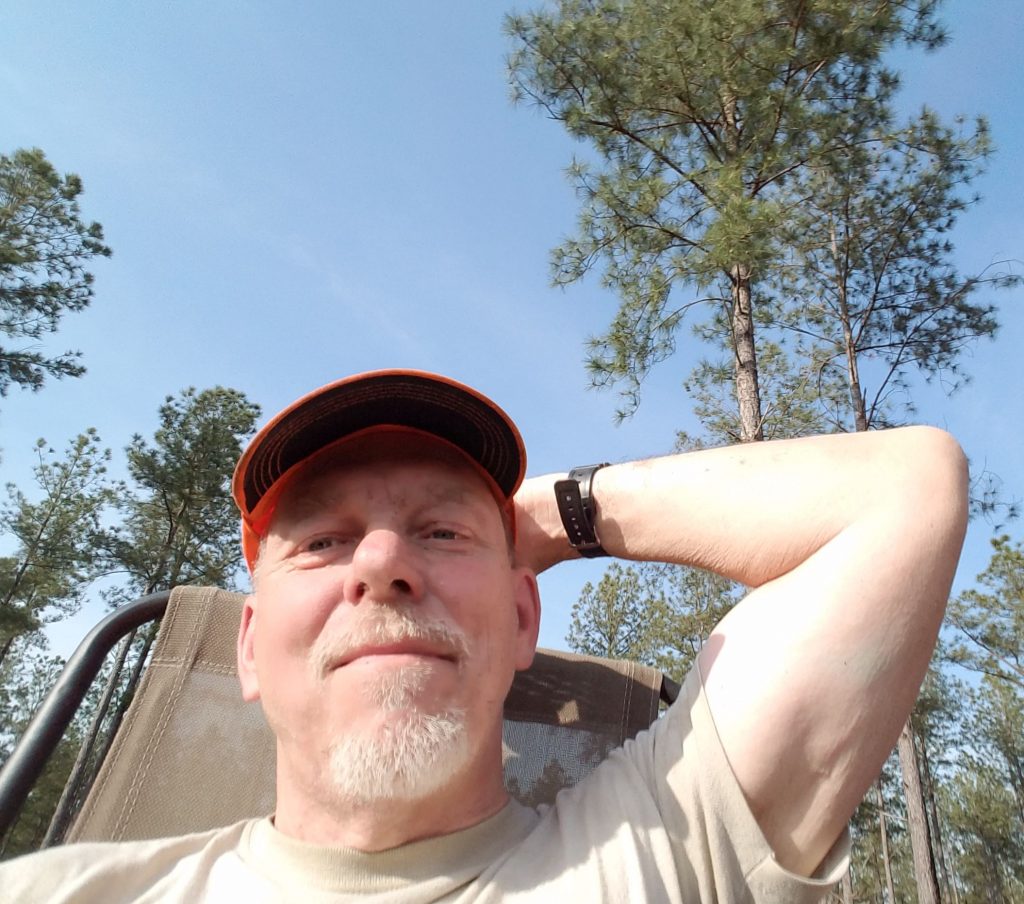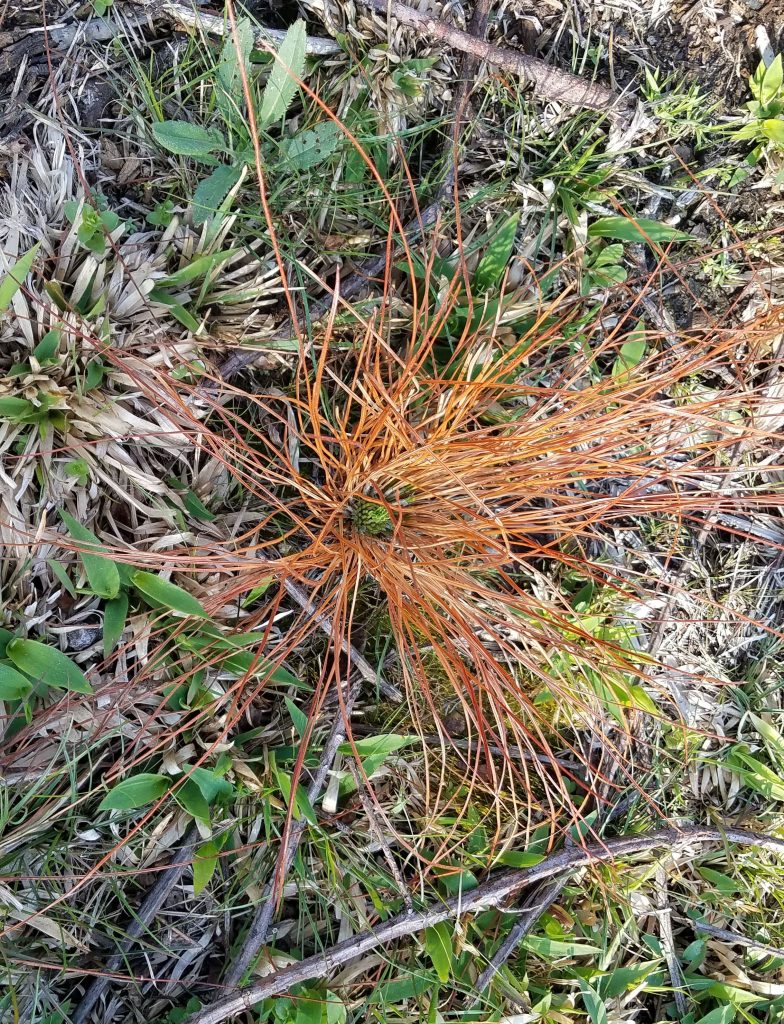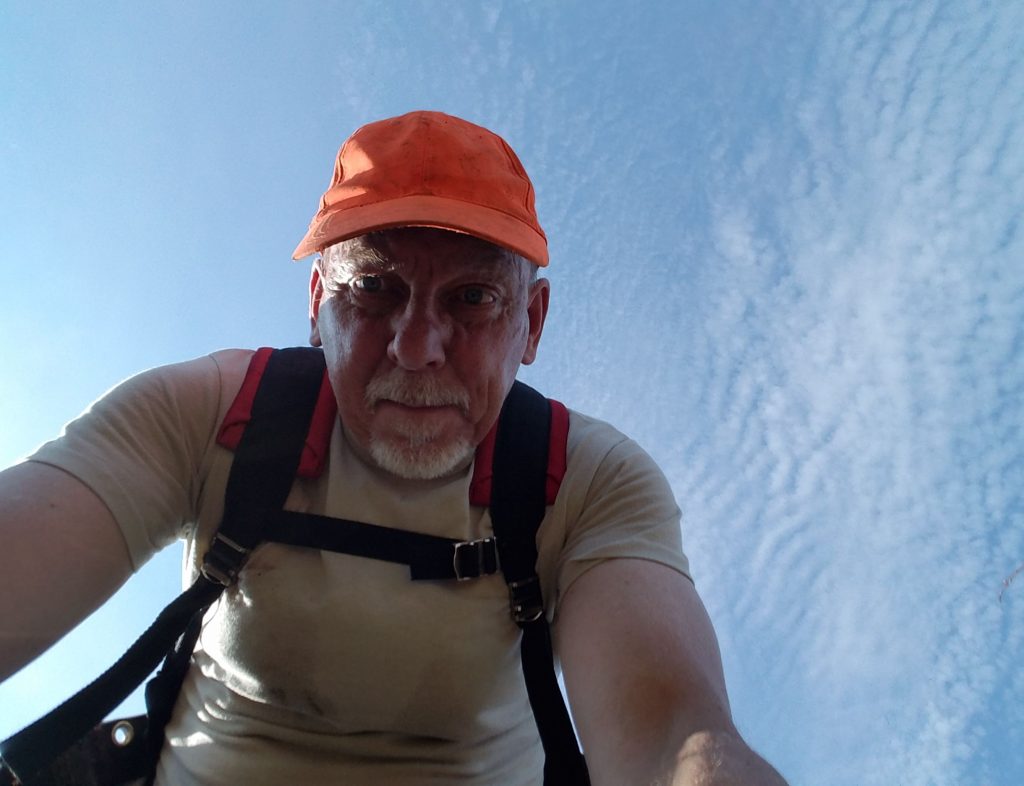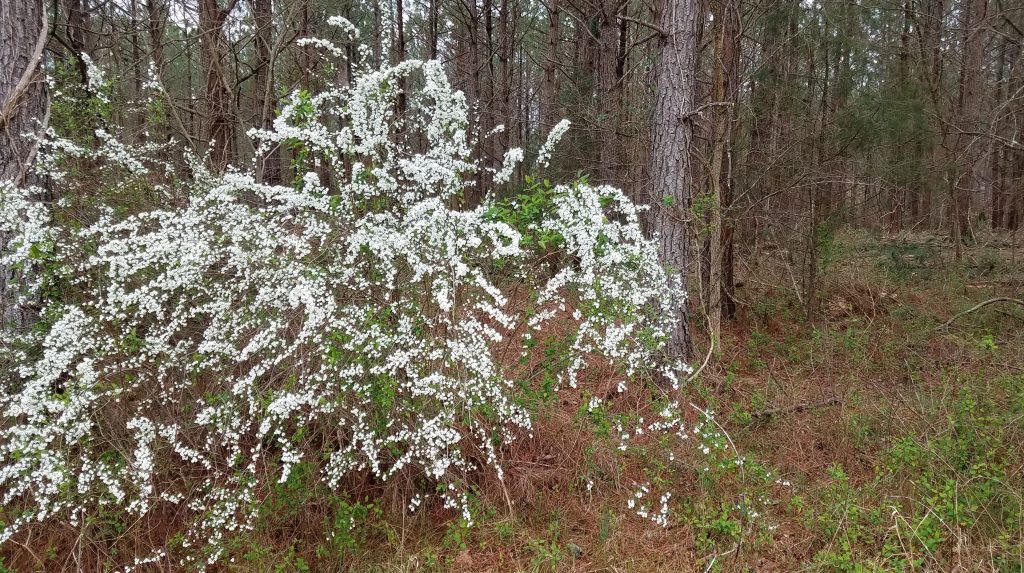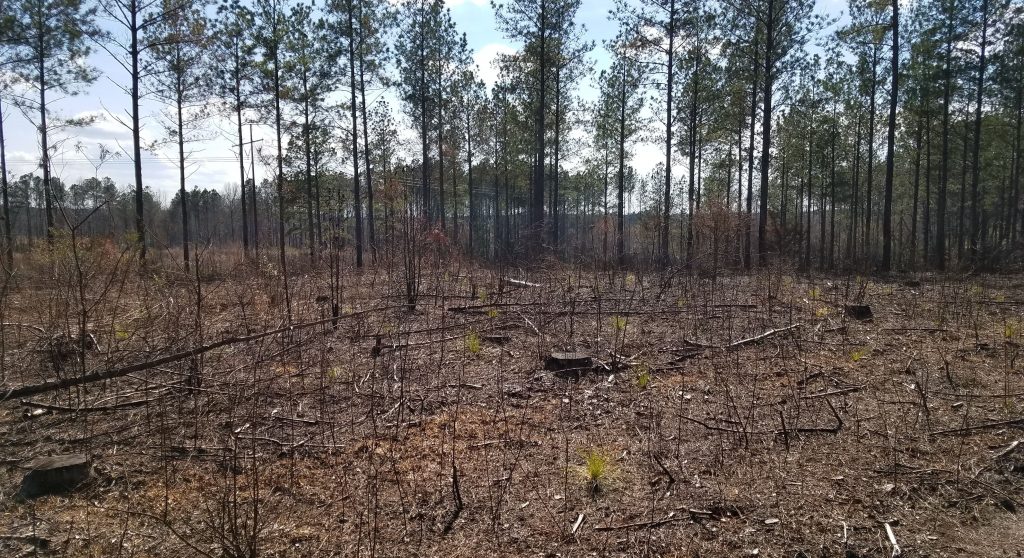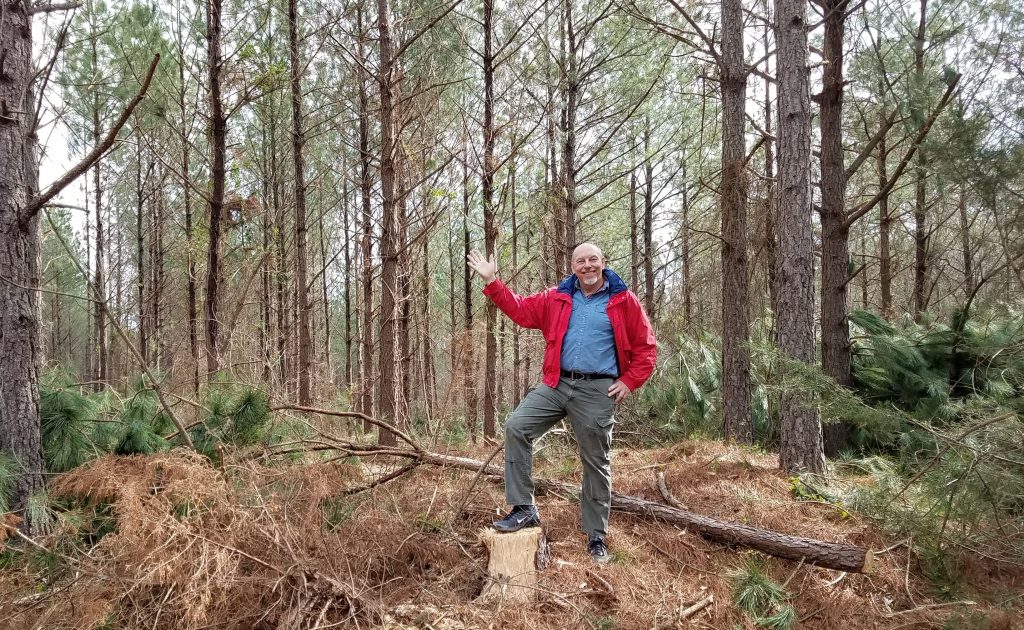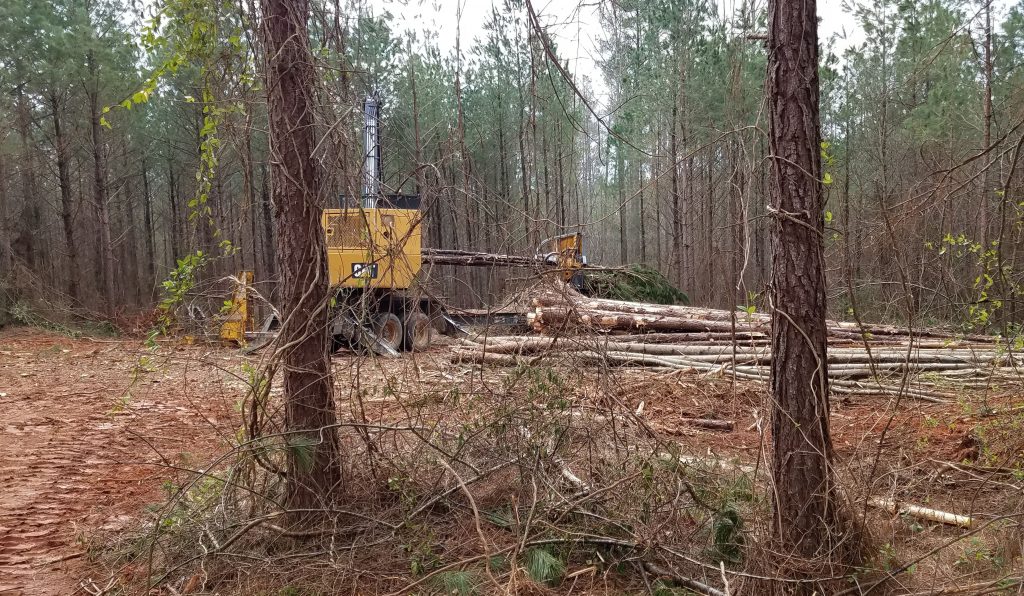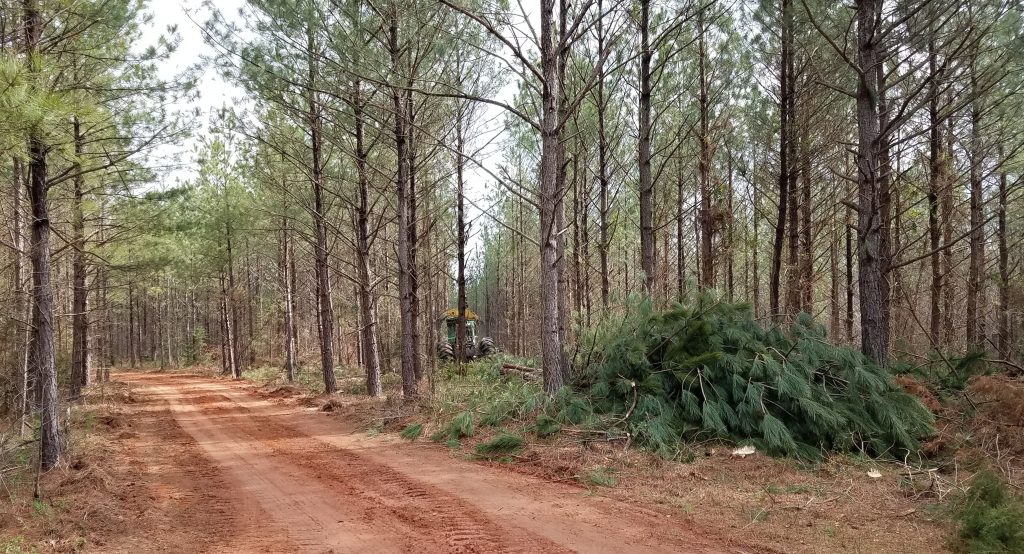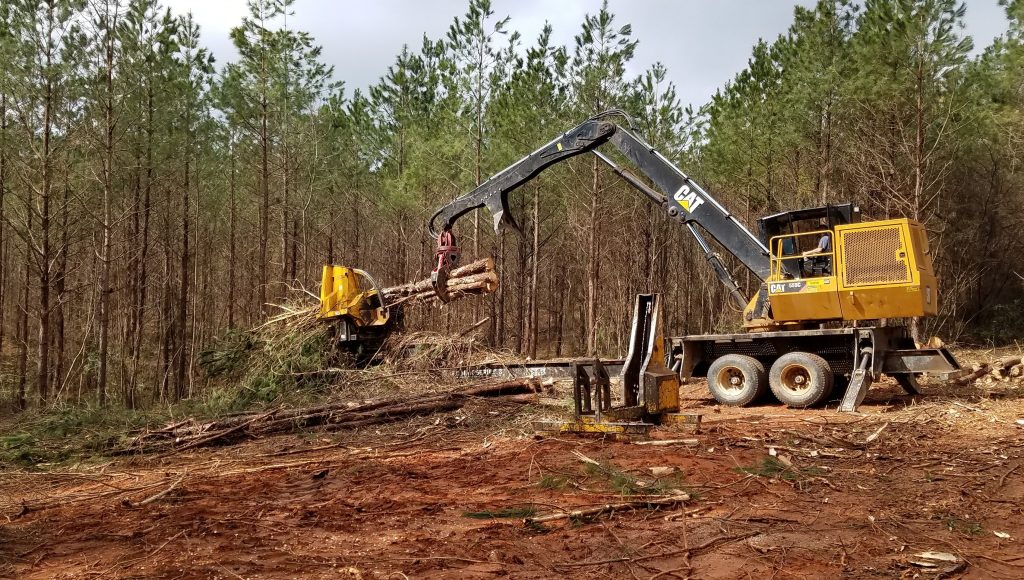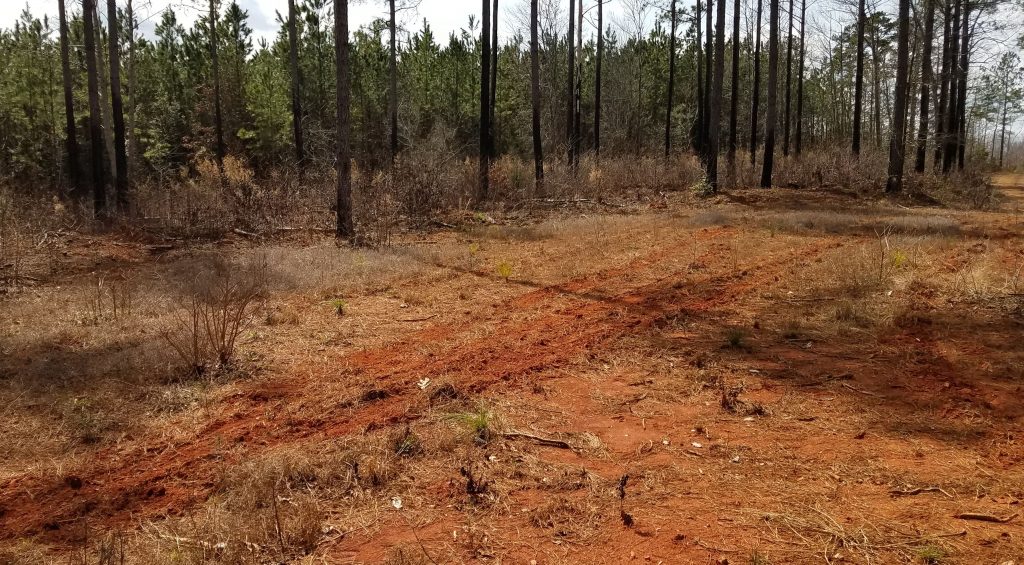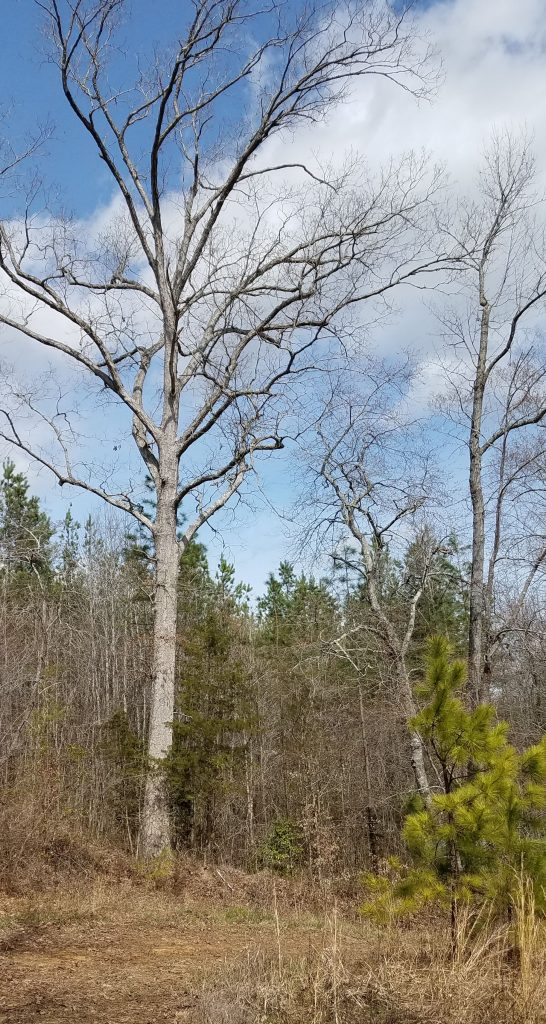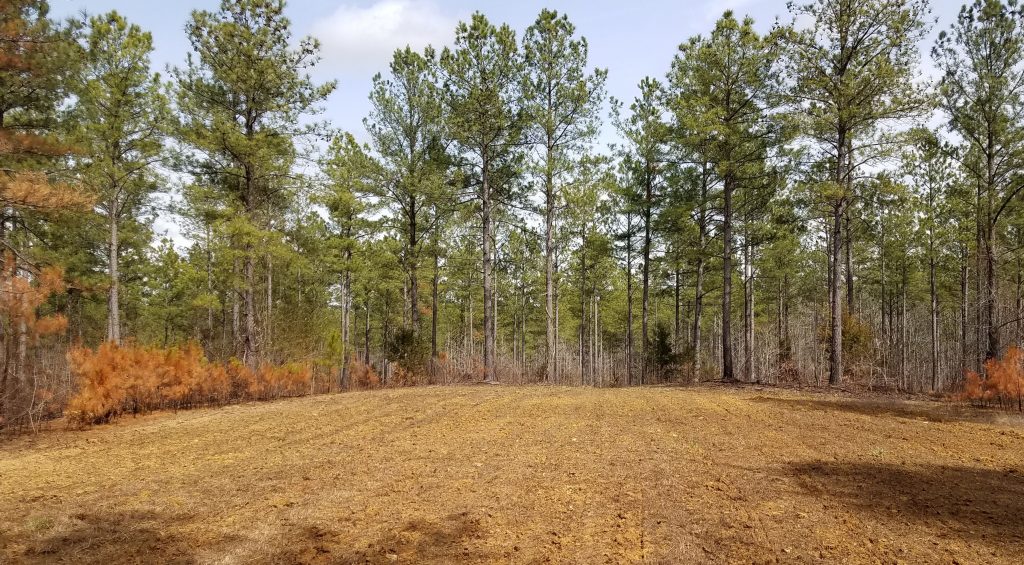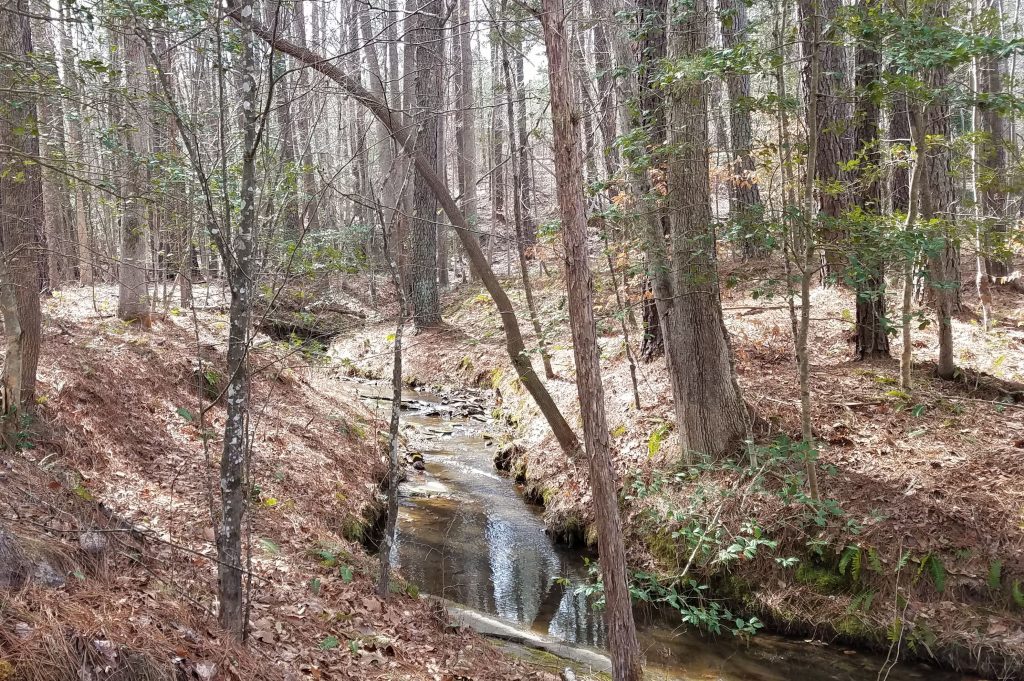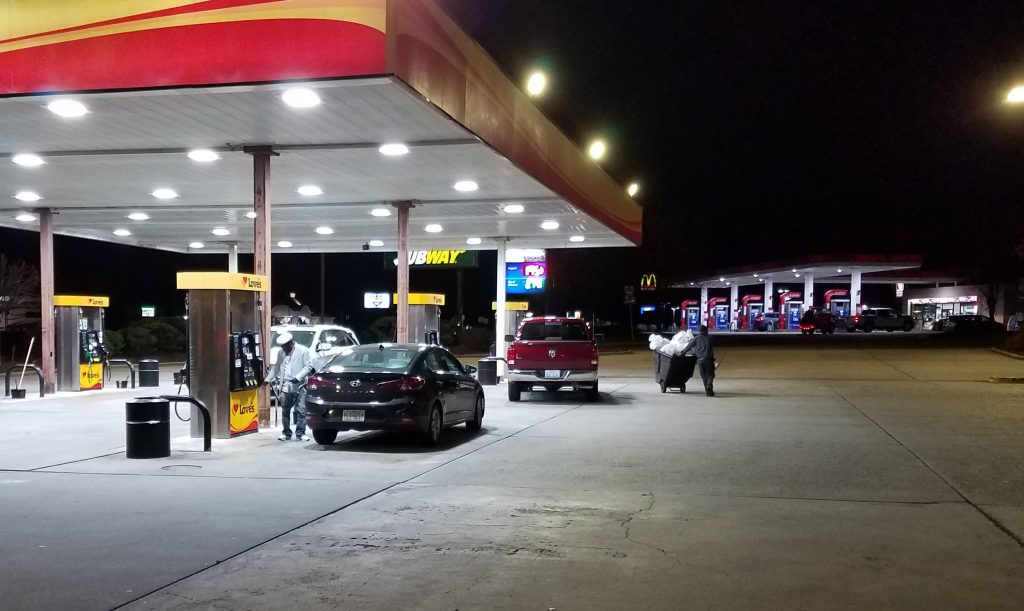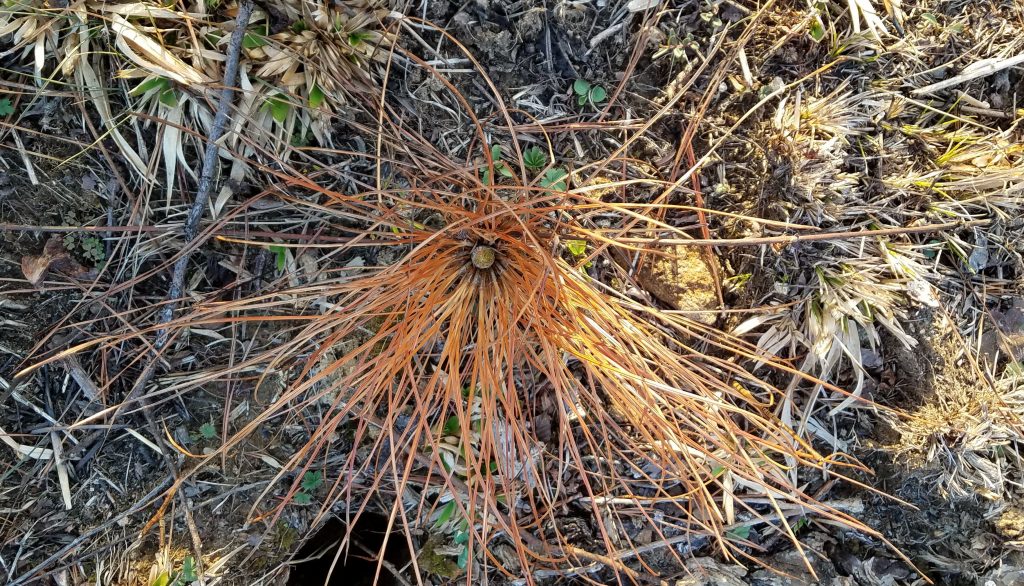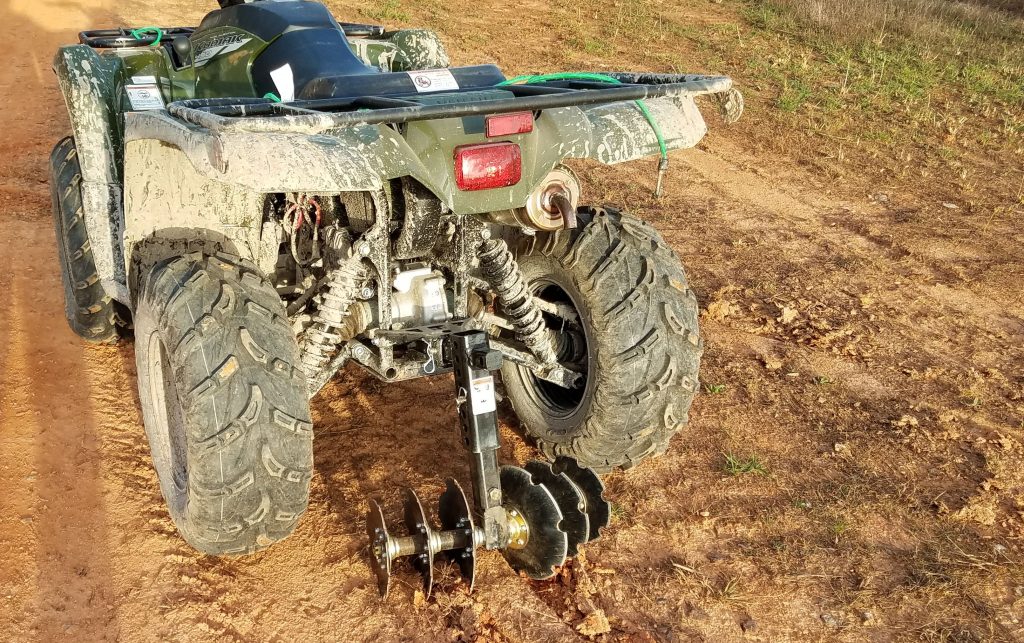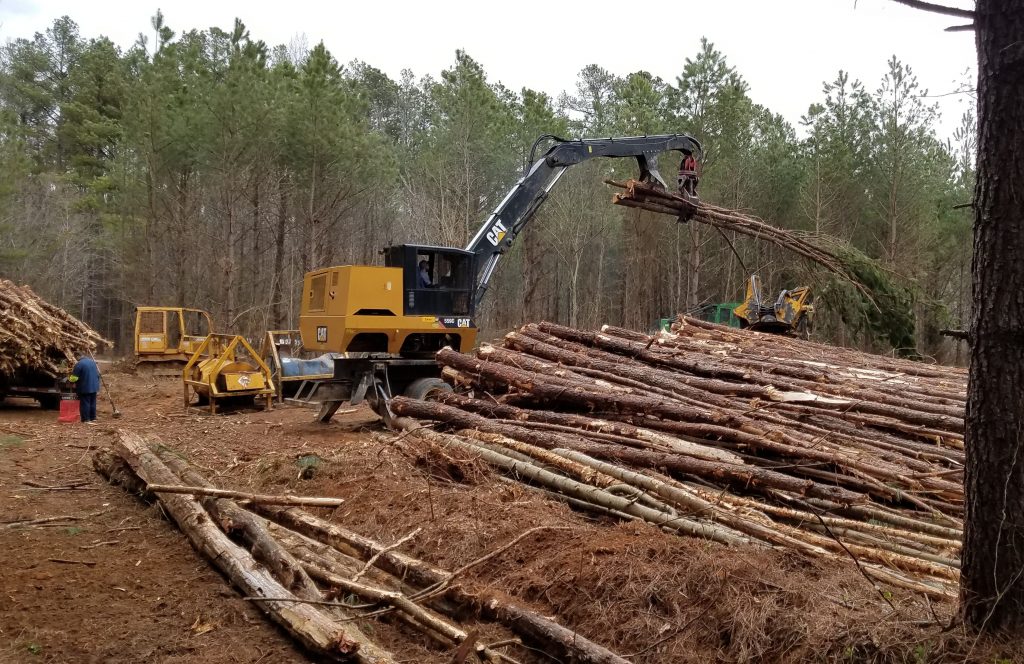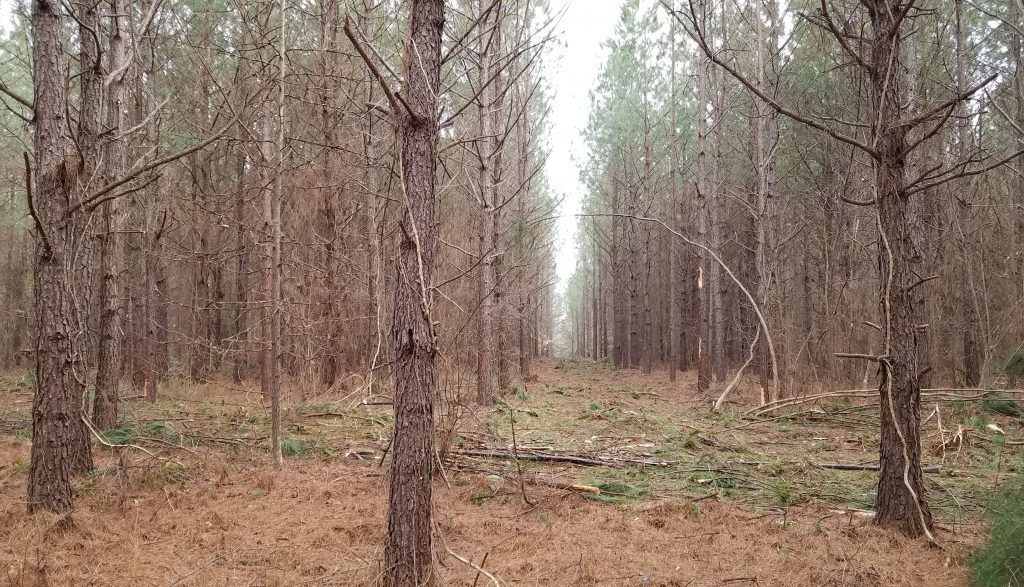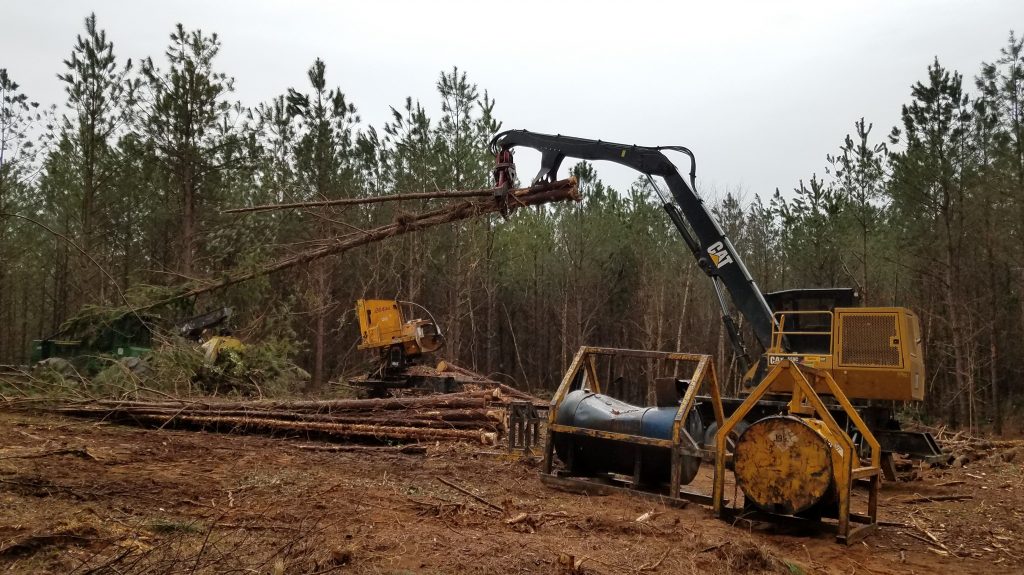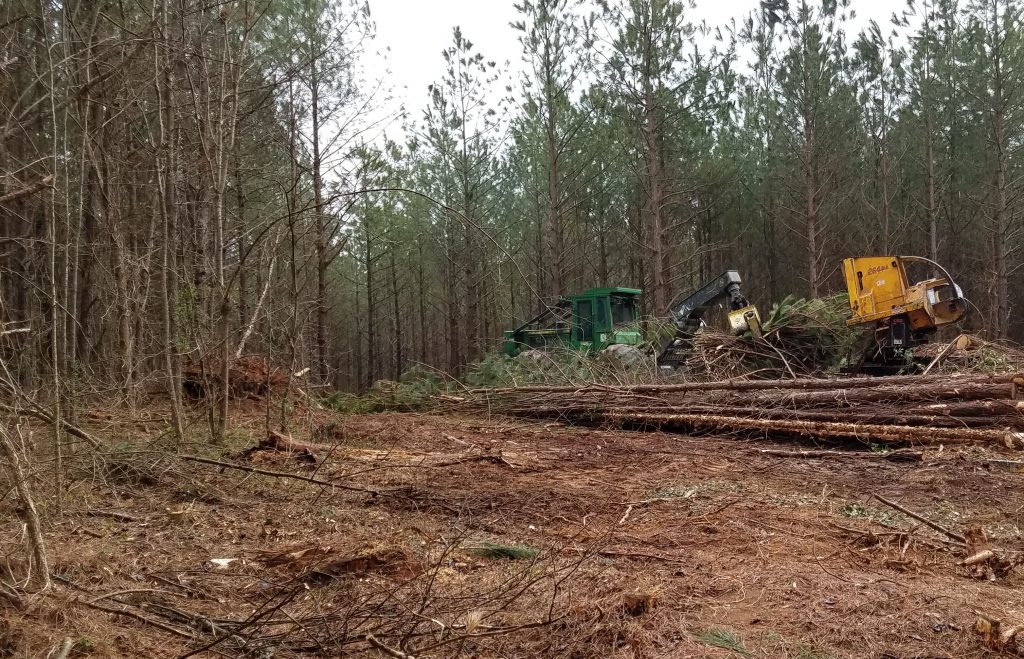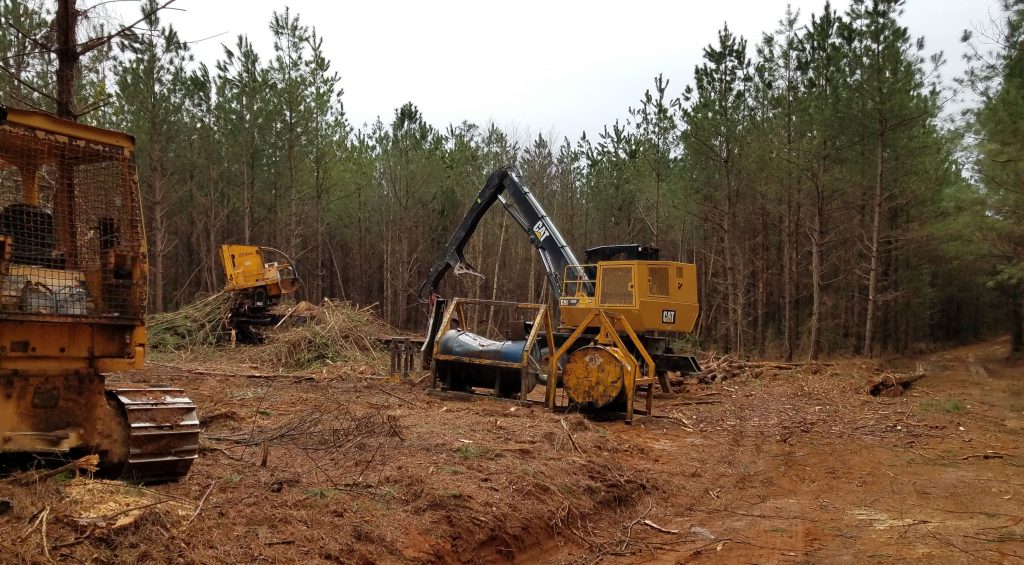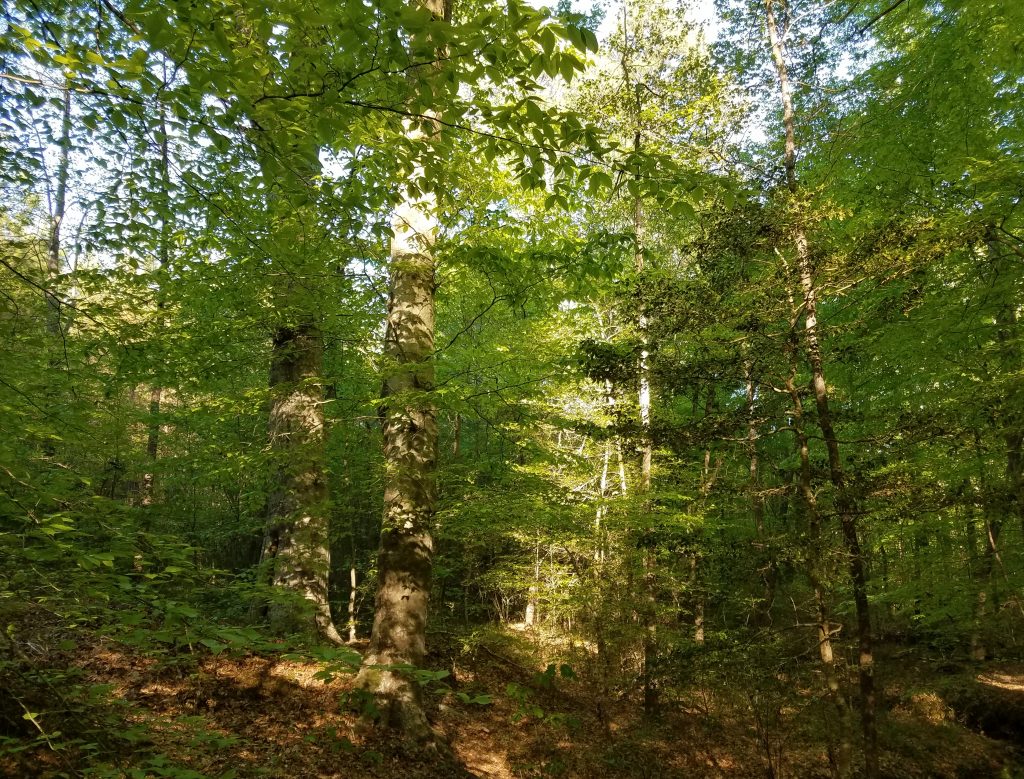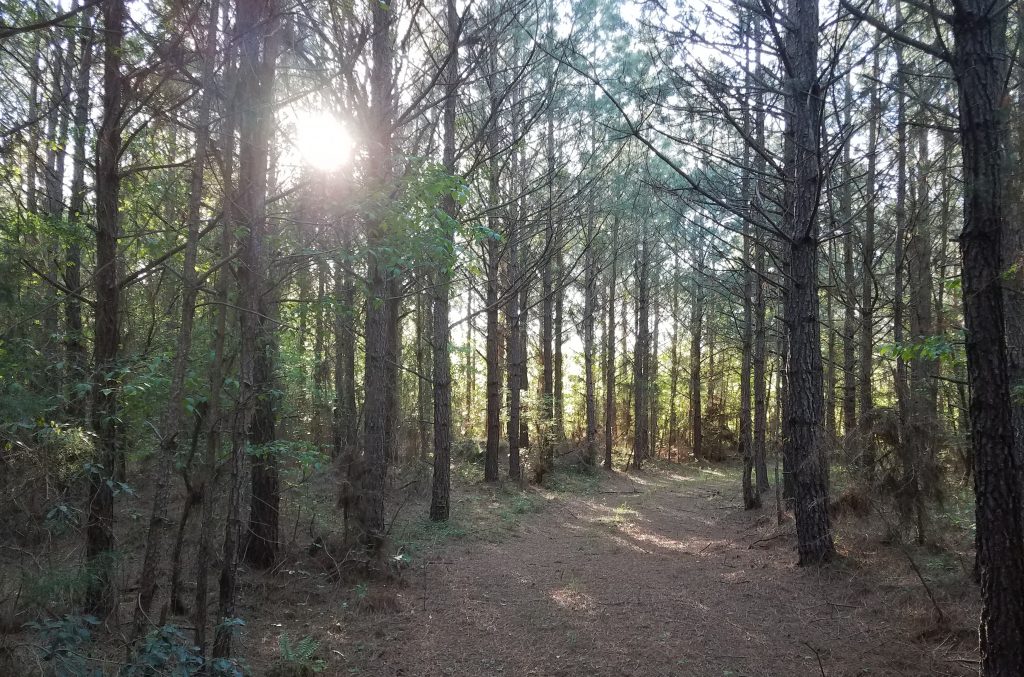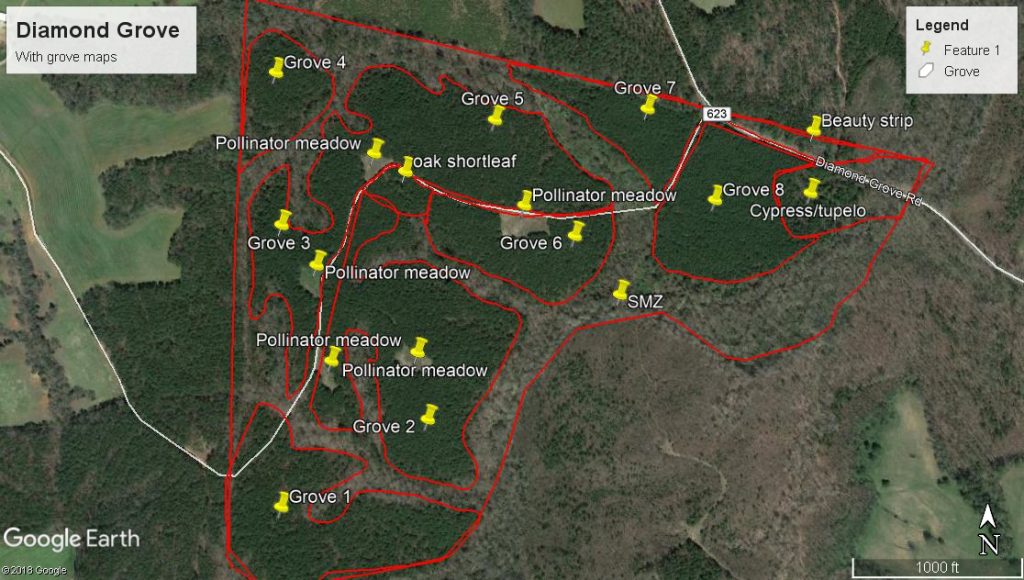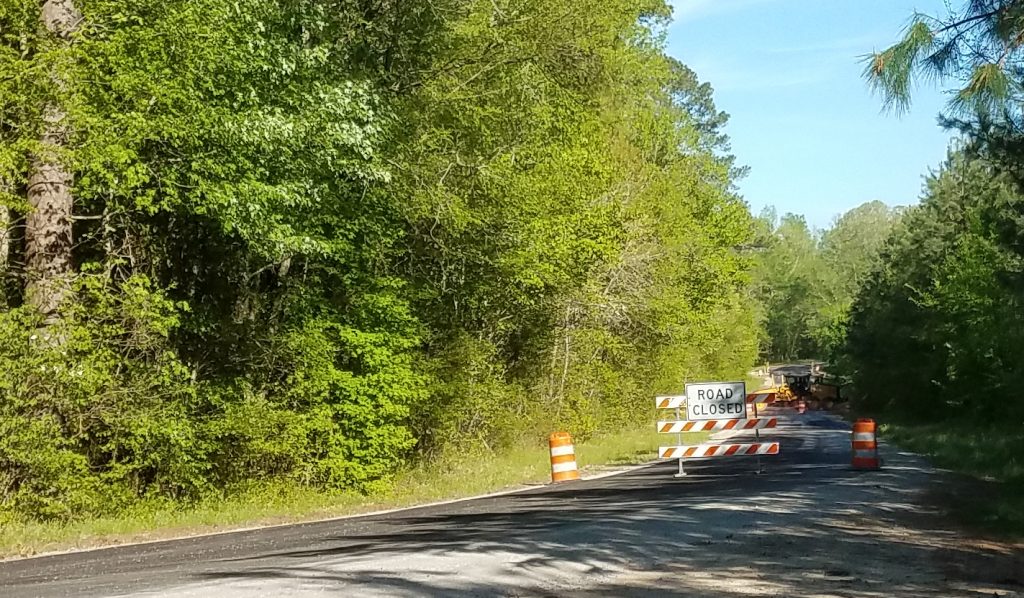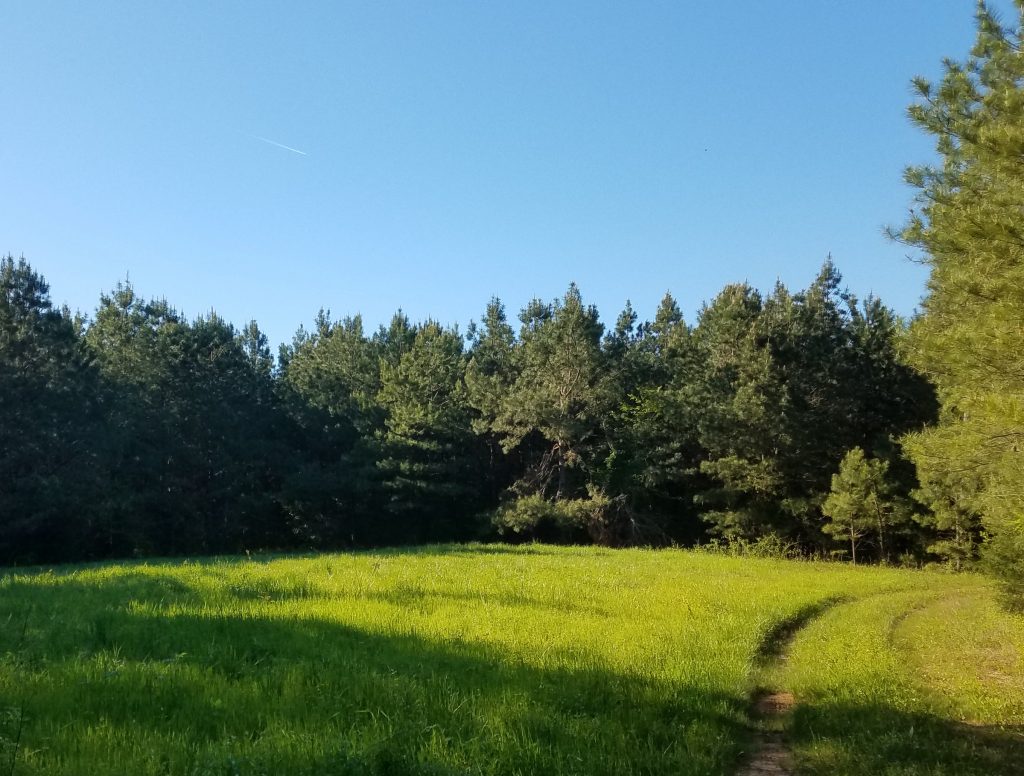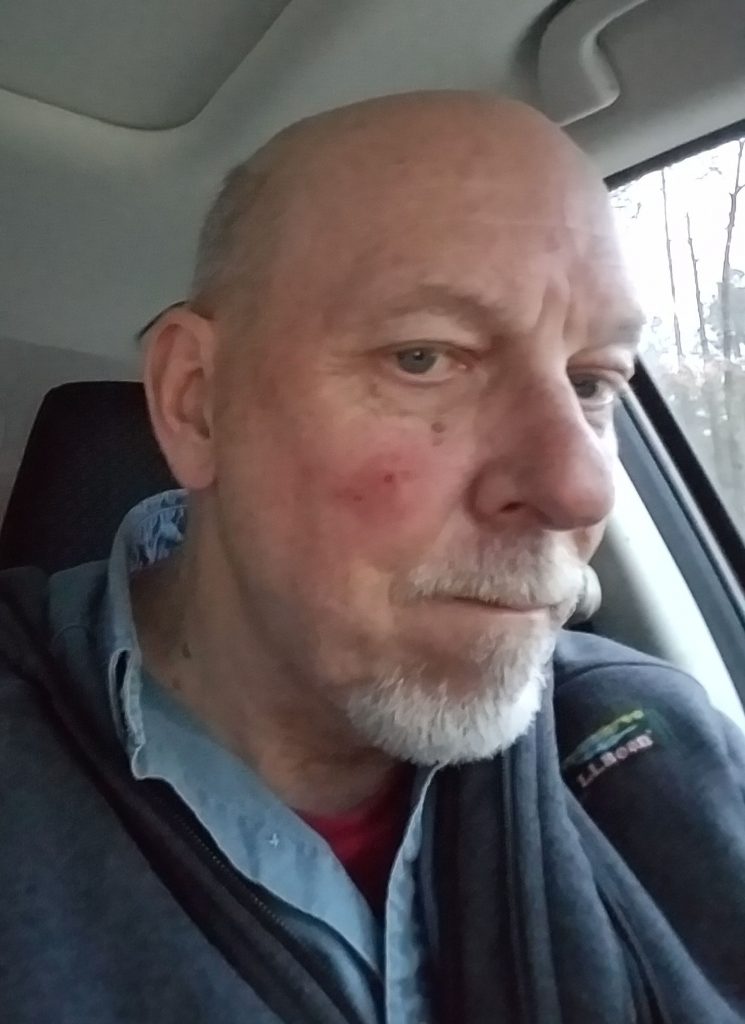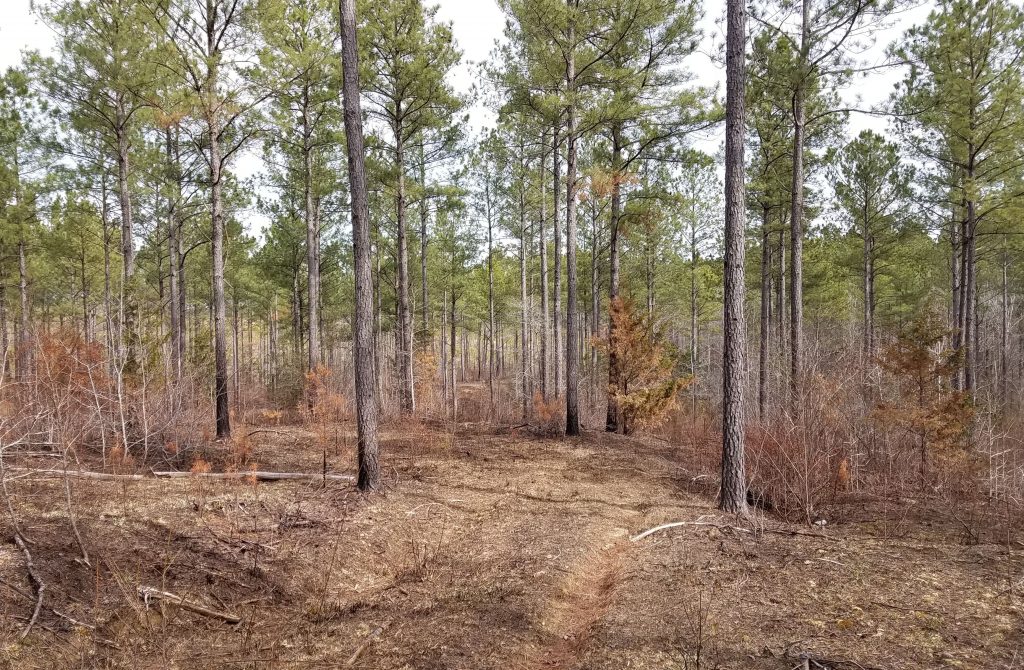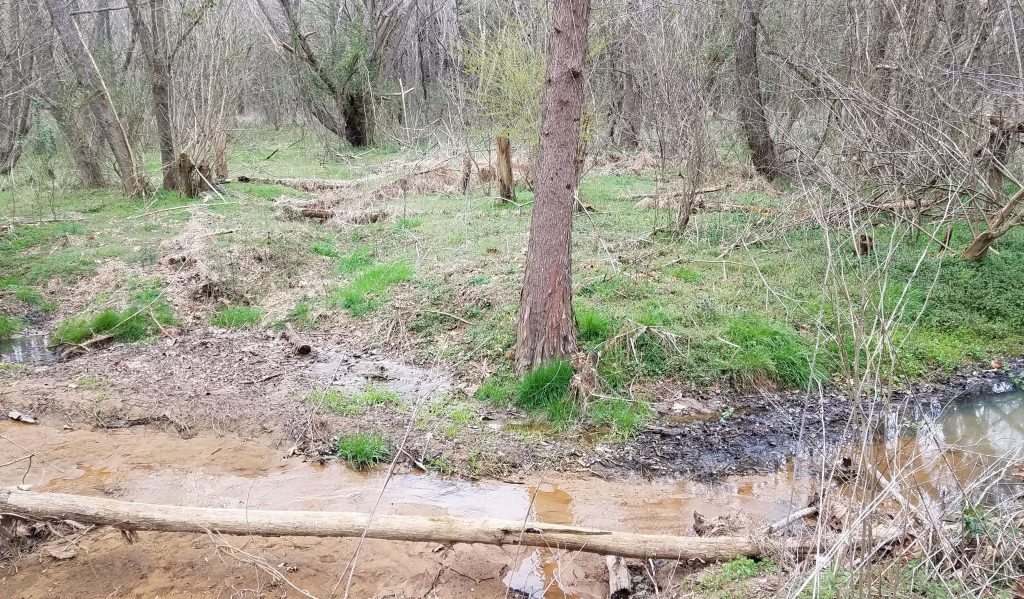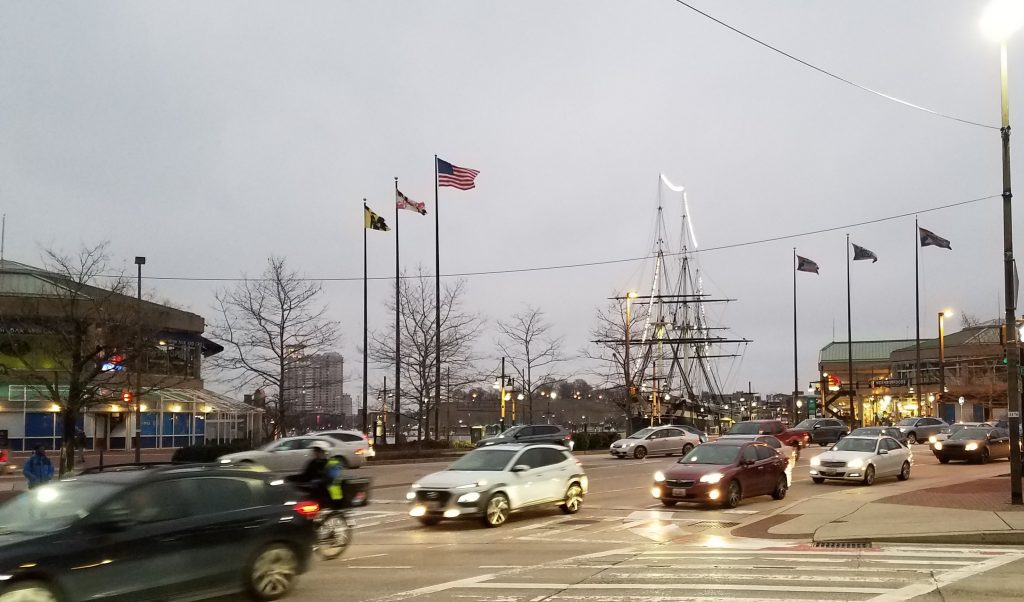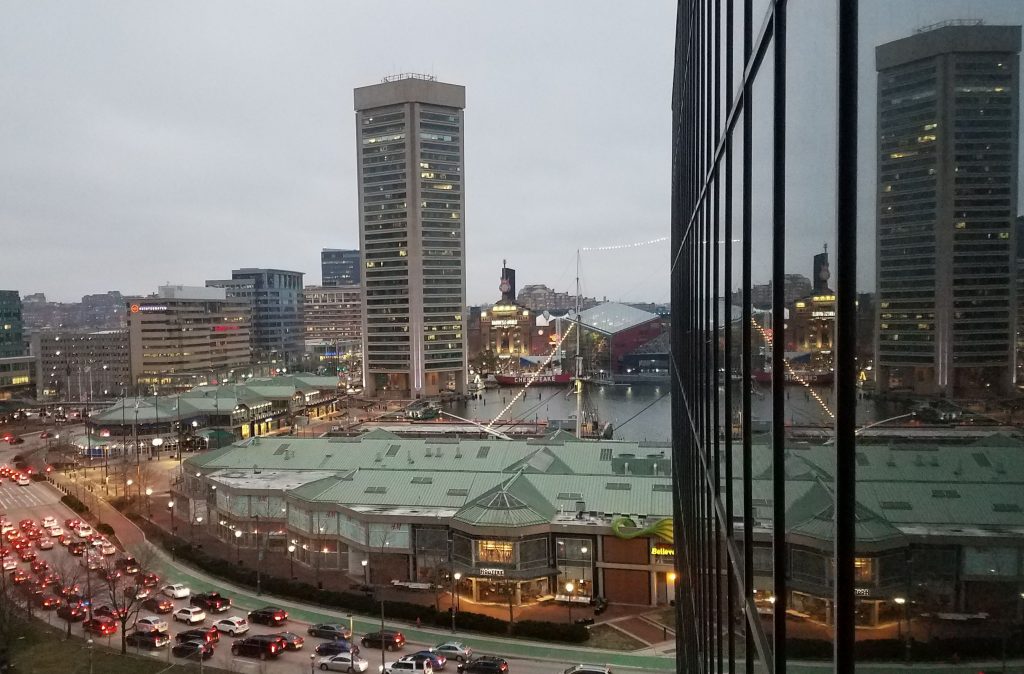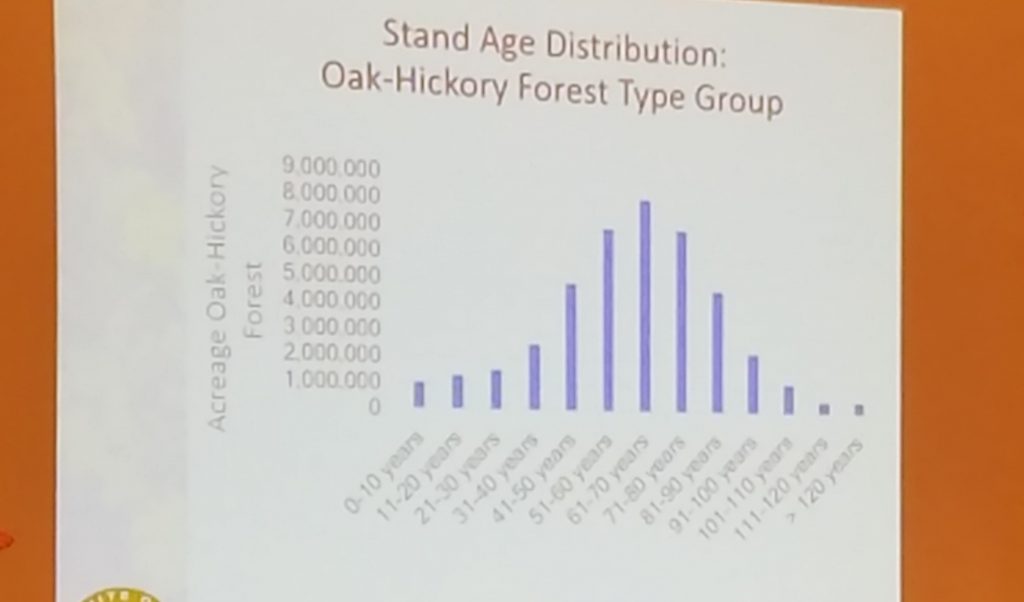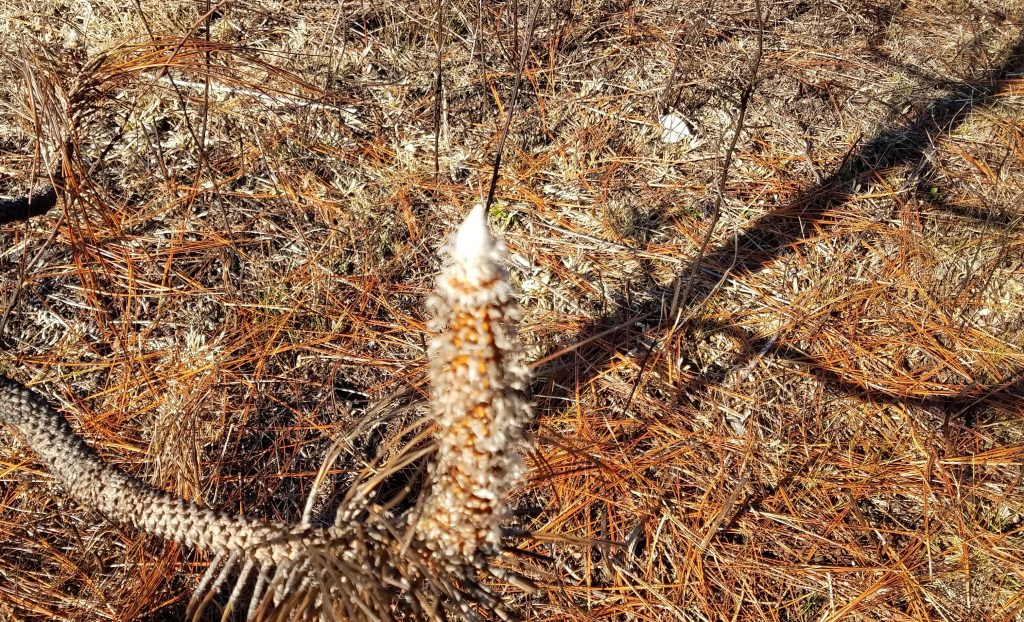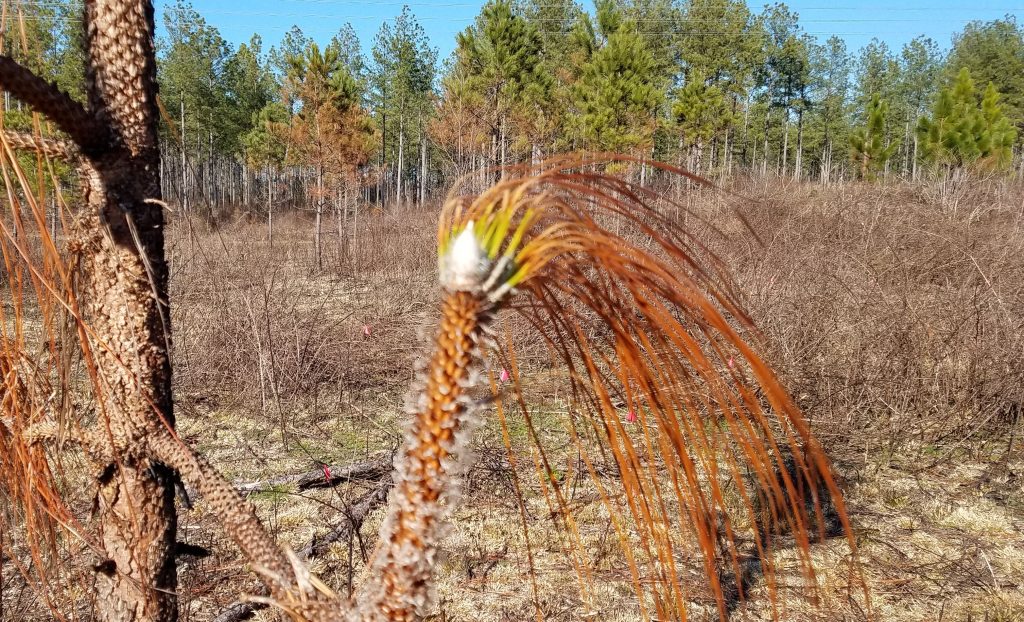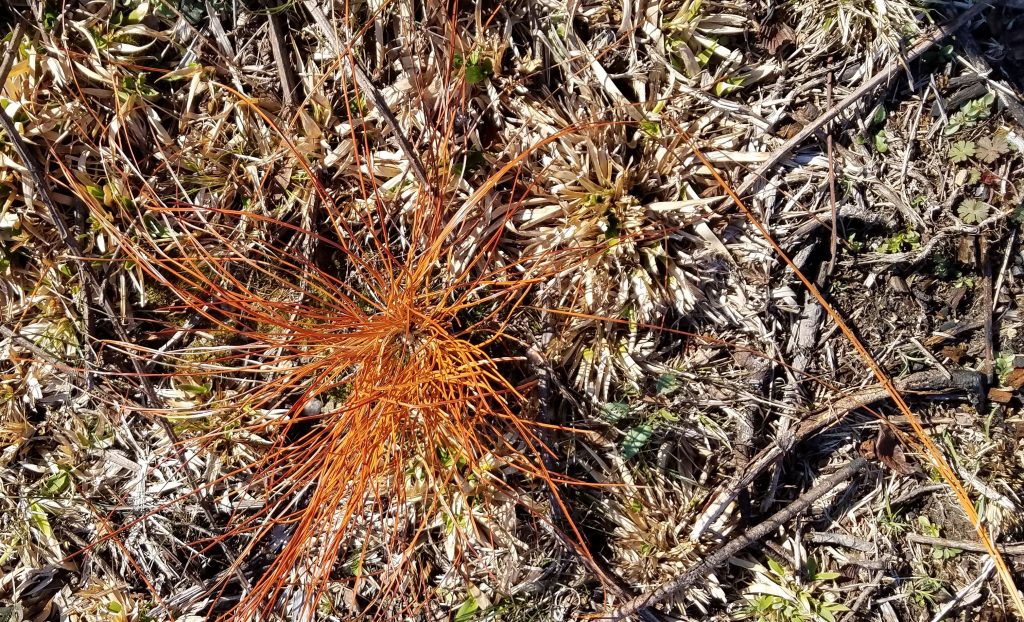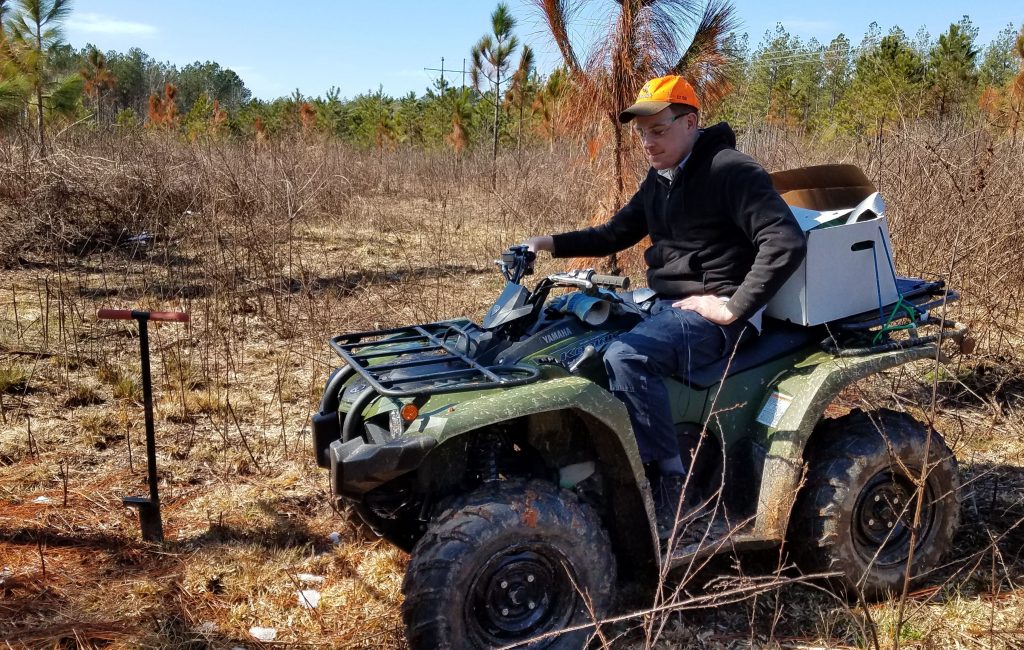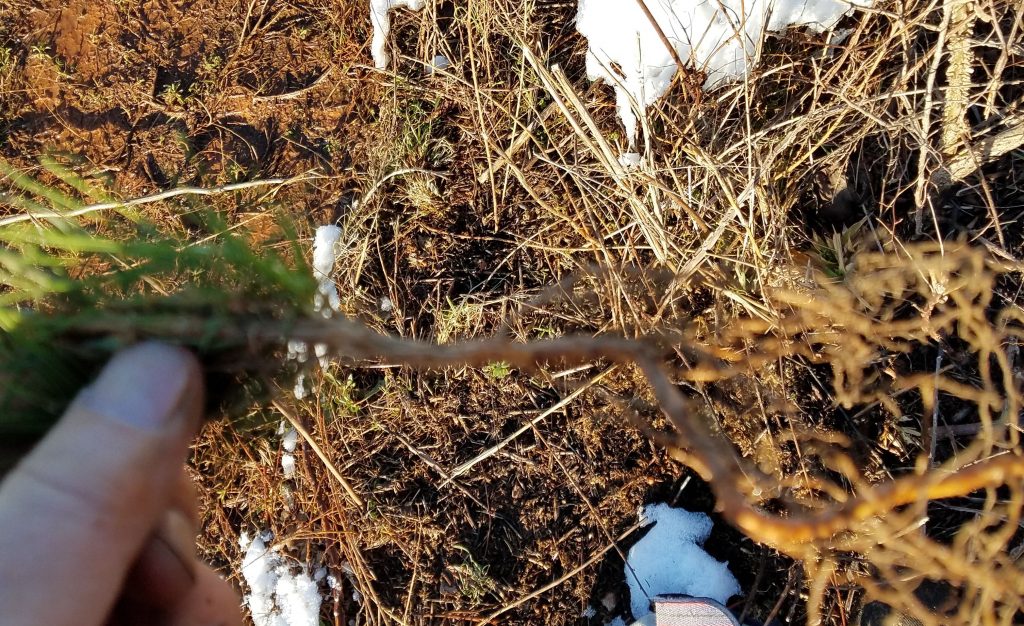I think people should have business cards. I don’t know why people don’t or even if it was a general habit outside my peculiar circle, but I do know that my memory for names and numbers is not good enough to remember all the people I meet at receptions, let alone contact details. But I am old school. Maybe there is a higher tech way to do that with mobile phones etc. Relying on my less than perfect memory, these are notes of meetings and sessions. They are not comprehensive, and I could not attend the sessions.
Opening plenary session
Tom Martin, President of AFF, opened. We discussed new Tree Farm standards, which will roll out in 2020 and become effective in 2021. I will talk a bit more about this is my discussion of standards. There were three separate sessions talking about many of the same things. I will aggregate them in my writeup.
We also had a long presentation on diversity and inclusion by a diversity professional called Mary-Frances Winters. I endured these things many times when I worked for State Department, as most of us have in other work contexts. This was pretty much standard issue, with a few nods to forestry & land management. Ms. Winters wrote books on this subject and a new one – “Inclusive Conversations: Fostering Equity, Empathy, and Belonging across Differences” will be available in August.
It is true that forestry tends to be less diverse than the general American population, and forest landowners are an even less diverse subset. One issue is that landowners tend to be significantly older than the general population and reflect the rural demographics of decades pasts. Demographic change takes time, but it is pretty much inexorable: one funeral at a time. There is a persistent concern that forest landowners are old. I am not sure this is a valid worry. People acquire forest land through inheritance or purchase when they have enough money, and both these tend to come to people at older ages. The old keep getting older and the young must do the same, but we should avoid the error of considering todays cohort as THE cohort. Consider the analogy. College sophomores always average 19-20 years old. It is not because the current class stays the same, but rather that people come into this status at a point in their lives and then shuffle off into the next level, a rather more extreme change in the case of old forests landowners.
Welcome reception at Baltimore Visitor Center
This was very good opportunity to meet and mingle. I talked to lots of people whose names I don’t recall (since they didn’t have cards ☹) it was all small talk anyway, usually about the food, which was good. One woman admonished me to read the Bible. She may have thought I was just brushing her off when I told her that I had done, in Greek no less, but that was the odd artifact of my unusual education.
I had a more substantive conversation with Elizabeth Vranas, Family Forest Carbon Manager (evranas@forestfoundation.org). We talked about the new Tree Farm program to aggregate forests land for selling carbon. I went to her presentation in the breakout session and Tom Martin talked about it in the last plenary session, so I will talk more about it later. Suffice to say here, that she seemed very competent and involved. We talked a little about behavioral economics and “nudges.” I think this a relevant topic, since it informs persuasion. Also, in the conversation was C.A. “Buck” Vandersteen, from Louisiana Forestry Association. He had a card, made from two-ply curly maple, which is why I can recall his name. Annica McGuirk (amcguirk@forestfoundation.org) was also working the room.
Annica did a great job of facilitating contacts. She mentioned that the guys preparing our Landscape Management Plan were at the party. She found them and introduced us. I don’t recall the guys last names (no cards; we will meet them soon enough), but I recall their first names, easy to remember for historical reasons – Stephen and Austin. Also in the group was Glen, a cardless man from Tennessee and Kaytlyn Brinkman, Regional Manager North Region (KBrinkman@forestfoundation.org). She will be helping with our LMP. I emphasized that our LMP should include special attention to our southern pine forests and should not include references to GMOs, since GMO American chestnut trees will soon become widely available and will the most important tool available to restore American chestnuts to their place in Appalachian ecologies. PEFC guidelines are currently expressing an anti-science bias against GMOs. We will need to find a work around until they abandon their benighted attitudes. The man for Tennessee was adamant in his support of GMOs, especially chestnuts. More on that in the breakout session on standards.
ATFS Standards Revision Process
I have combined information from the breakout session with discussions at the plenaries at the start and end of the conference. Leigh Peters led the breakout session as well as the discussion session at the last plenary. Tom Martin touched on them at the first, but not in detail.
New standards will go into effect in 2021. They are like the ones we have now. Someone in the breakout session asked why we cannot keep the same standards for more than five years. The answer was the PEFC requires that we update our rules to conform with theirs.
Tree Farmers had concerns about some of the changing standards, principally how PEFC handles pesticides, plantations and GMOs. One of my big issues was GMOs, as I discussed above. Others in the session echoed those concerns. PEFC is a European-based organization and there was an issue of European versus American sensibilities. Europeans in general have more aversion to GMOs than do Americans. Our big issue is transgenic American chestnuts, which will be largely available within the time of the next standards.
Other concerns were use of herbicides and pesticides, especially glyphosate. It was unclear whether or not PEFC would interfere with the use, but Tree Farmers raised the concern. The other issue was forest conversion, i.e. converting “natural” forests to plantations. There was some confusion about what exactly natural meant. This may not be as much a problem in Virginia, since much of the conversion, usually from hardwoods to pine, was done generations ago. The rule does not apply to lands already in plantations.
More information on standards is included in this link https://www.treefarmsystem.org/standards-process-overview
Building a Tree Farm network
We do not take full advantage of our tree farm networks. We have literally thousands of tree farmers and even more stakeholders. We have influence as well as what we might call “hive intelligence.” Whatever issue an individual among us faces, somebody else in the network has faced before or something very similar. Connection to the network could be one of big benefits if we can figure out better ways to make it happen.
Peer networks cannot and should not take the place of professional advice, and we have to always caveat that it does not. But it can be very useful form the general experiential point of view. Beyond that, peer networks, people who have been in it themselves, have credibility. Many Tree Farmers distrust experts and almost none of us like to pay money to professionals, or anybody else, if we can avoid it. Peer networks are two-way streets. Those giving advice also benefit from the contact. It is great to see what others are doing and learn from each other. They can also share experience with conservation practices, cost shares and timber sales.
We can also benefit by connecting Tree Farmers to wider audiences. The general public often does not understand what we do. Tree Farmers are natural story tellers and people remember stories, especially personal stories, better than statistics, and they are passionate.
I think we have some of the network in Virginia through our landowner dinners, but networking is a time intensive process.
Carbon Credits
Market-based conservation solutions was about carbon markets. I am a little chary of carbon programs. The time when small forest landowners could trade in carbon seemed to have come about twelve years ago, but then melted like the snows of last winter. There were a couple of factors that derailed the carbon train. One was the government incentivized carbon markets did not much develop in the USA. The other was specific to small forests landowners. The costs and trouble of participating in these markets was higher than small forest landowners could except to earn. They could not afford the costs of measuring and monitoring, and they usually could not or would not want to tie up their land in long term contracts.
The cost of participation is now being addressed by new technology and well-known systems of intermediation, long understood and practiced by the financial industry. A person with money to invest does not contract directly with the guy looking to borrow for a mortgage because he cannot handle the risk or tie up his money for decades. Bankers aggregate the money and the risk, so that individual depositors can take their money out when they need it and one mortgage default doesn’t wipe them out.
AFF proposes to do something like this with the carbon market. Many firms are willing to pay to offset the carbon inevitably produced by their activities. They do this for reasons of public relations and sometimes regulations. They are like the borrower taking out a mortgage. Individual Tree Farmers are like the depositors. AFF in partnership with Nature Conservancy (TNC) is developing a system that considers a mass of forest landowners. Individual owners need not take on all the risk, nor pay the high start up costs necessary to sell carbon. Some of this is made possible by new technology. Samples can be taken by satellite mapping.
A big difference is that payments are made for practices, not inventory. Inventory is checked by sample of the aggregate and the practice is assumed to ensure this. The aggregation also allows individual landowners to reduce their commitment in time and scope, again analogous to bank depositors.
What would landowners need do? A lot of this would be practices the Tree Farmers do already, such as enhancing future forests, protecting soils and avoiding high grading. This could also be a benefit to us from stream management zones. We already maintain them to protect water and soil resources, but they are generally just costs, not benefits. Just doing what we do might make these places eligible for carbon credit.
Anyway, this was one of the most interesting and potentially useful programs. If it works, it could open a whole new market for ecological services. I am a little hesitant currently, since I recall the optimism of about a decade and half ago. I had a forester come in and do an inventory of my property for the carbon market. The inventory was good to establish basis for the timber, but nothing ever came of the carbon sales.
White oak initiative
We had an update on the white oak initiative. I learned about this at the Tree Farm Conference last year in Louisville, and it made an impression on me. Last week I planted 100 white oak (actually 50 white oak and 50 swamp white oak), but more usefully I identified acreage on my tree farms where I can expect natural white oak generation. We did a prescribed burn last year and are nurturing white oak regen.
We must plan well ahead. White oaks take 50-100 years to mature. We currently have lots of white oak, but the age structure is wrong. There are lots of middle-aged oaks and some a fair amount of old growth, but not enough young ones. If we project forward a few decades the middle-aged oaks will be harvested or die and there will be a shortage of harvestable white oak. White oak is wonderful timber for lots of reasons, but it is essential in one specific industry – bourbon. All bourbon must be aged in new white oak barrels. No white oak = no bourbon, at least the way we know it now. I don’t figure on being still alive and drinking bourbon by the time we run out of white oak, but I want to do my part for future generations.
I also attended a dinner for the Seedling Society where I talked to Mellissa Moeller (mmoeller@forestfoundation.org), acting director of the White Oak Initiative. We talked a little about the oaks, as above.
General idea
The conference was a good networking opportunity. I got a lot out of that, especially the informal reception. It was good to see and be seen. Relationships matter. I was glad to have the opportunity to weigh in on the new standards. I hope that it made a difference. The carbon price was potentially very useful. I was impressed by the plan. It makes sense that it can work. I hope it does.
The non-tangible benefits of attending conferences like this are important. One of the most salient for me is that I get to meet other people passionate about forestry and the environment. It is good to be reminded that we are part of a bigger whole, a nationwide, a worldwide team. Everybody I met and talked to shared a vision of a sustainable environment. In fact, we all want to go beyond that to regenerate, leaving our land not only as good as we found it, but better.

